How does the male ball valve design enable smooth and effortless on/off operation?
The male ball valve design is a key characteristic...
MORE >>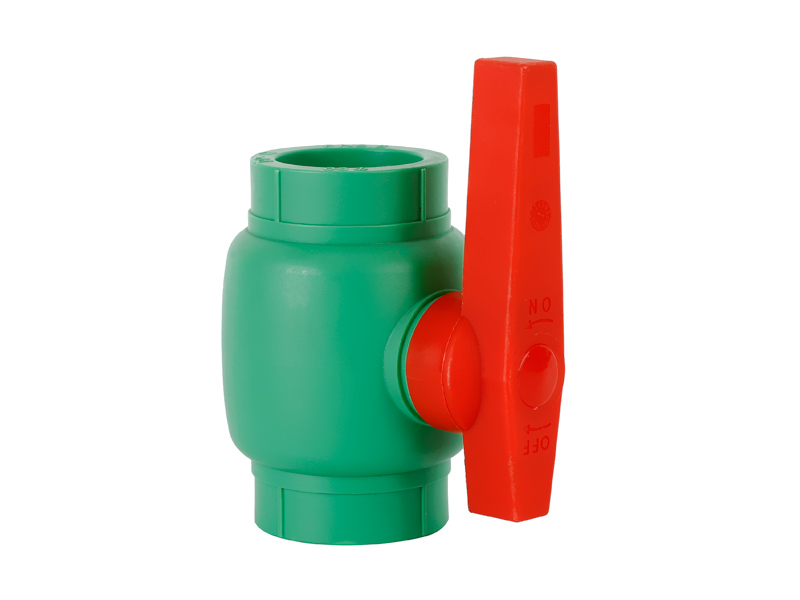
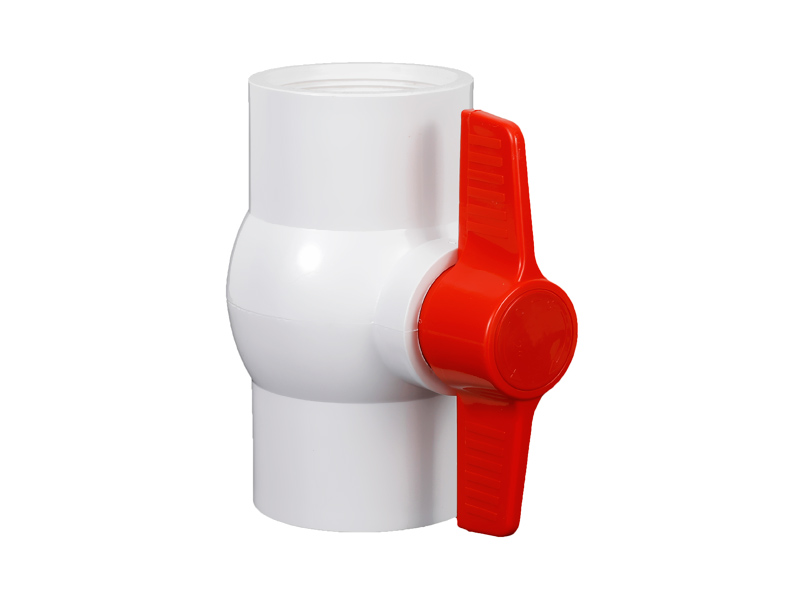
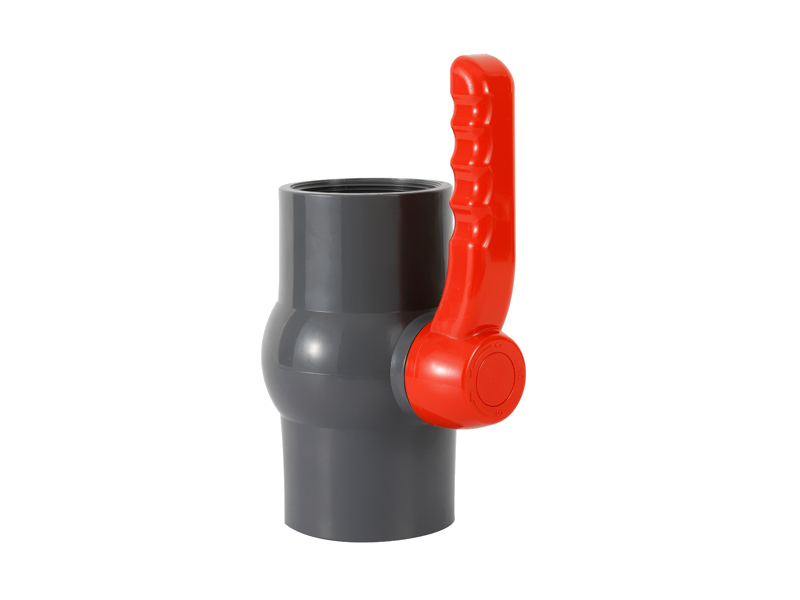
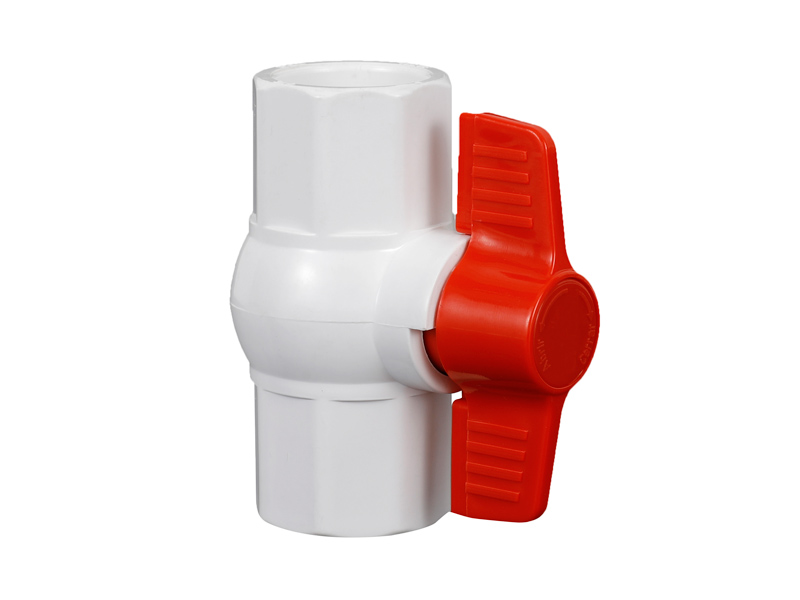
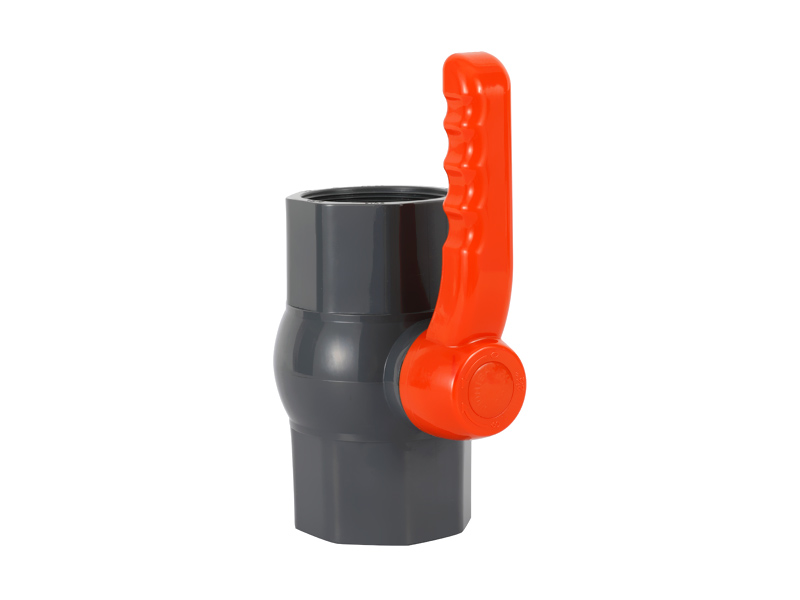
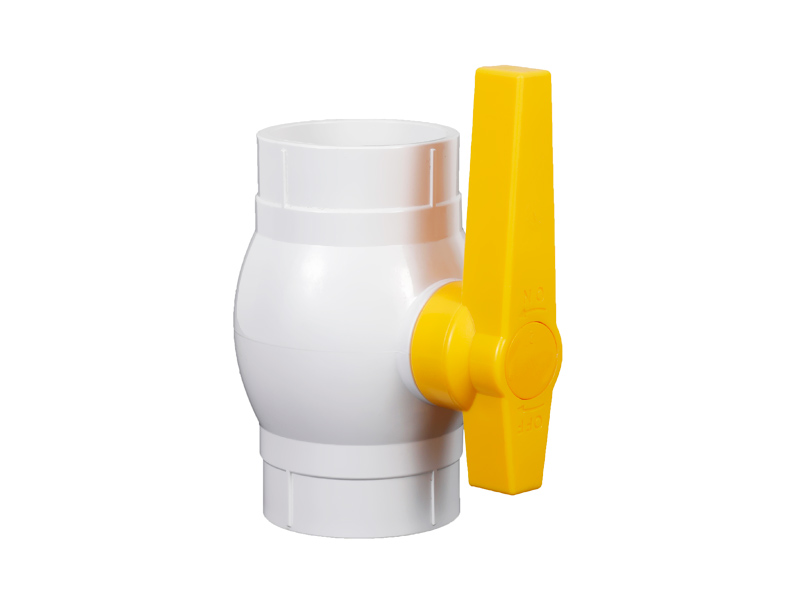
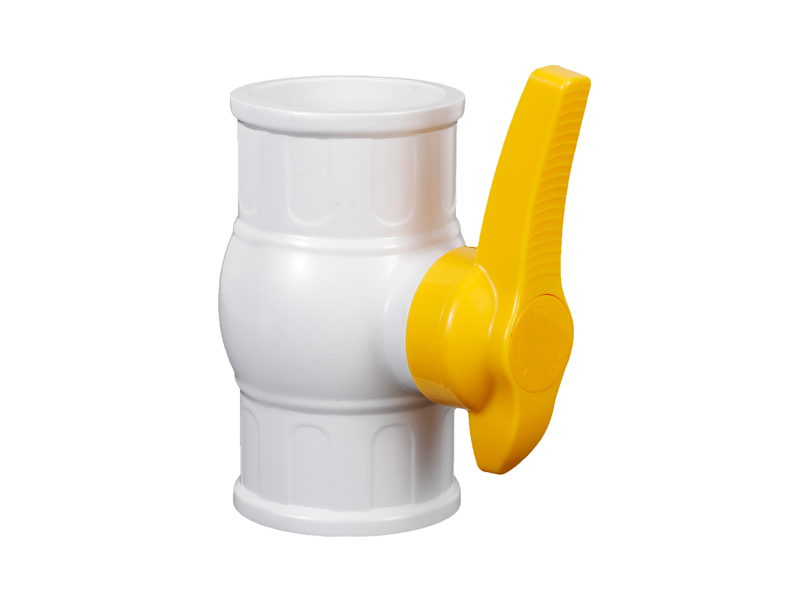
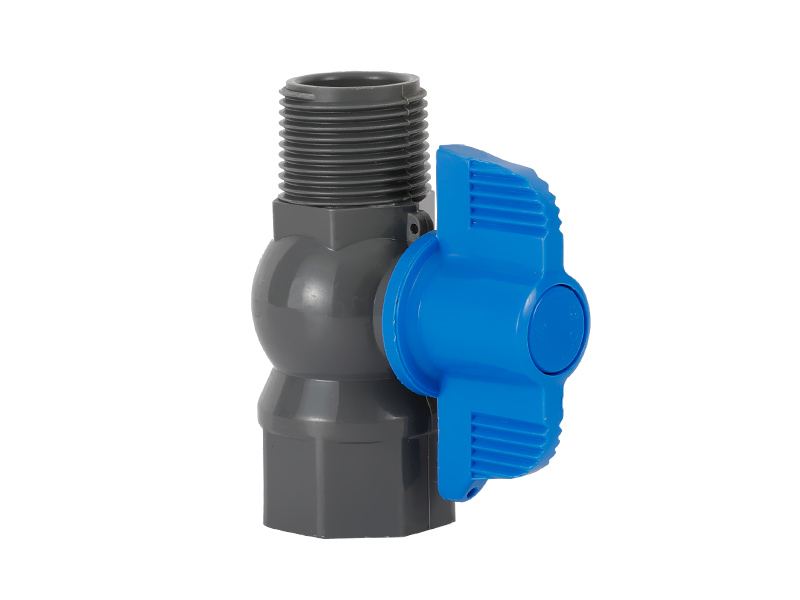
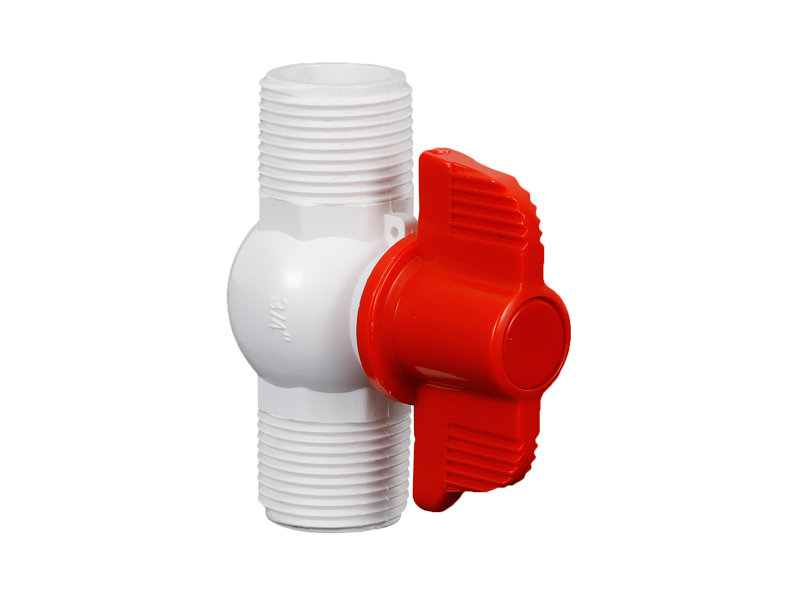
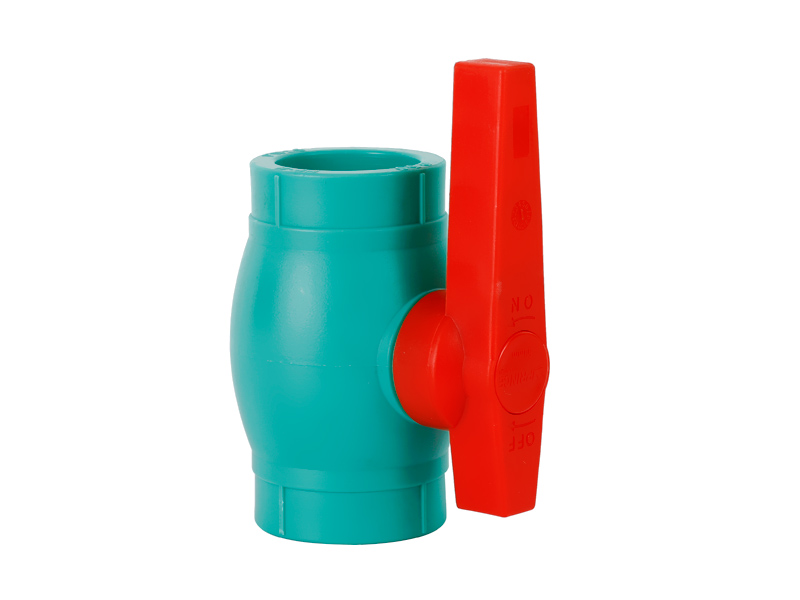
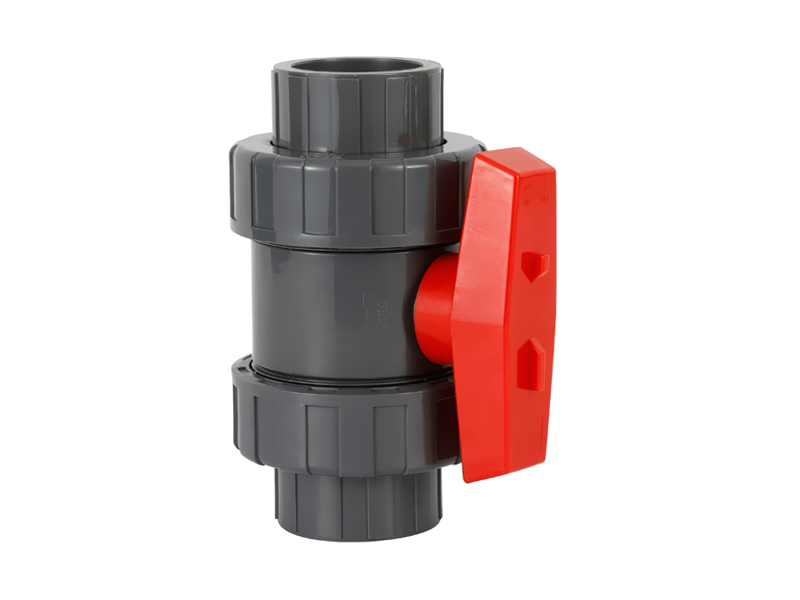
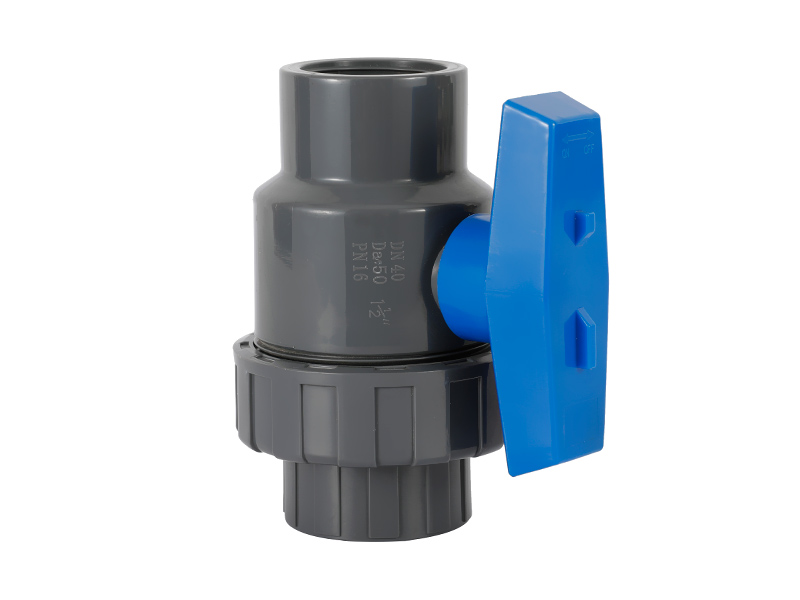
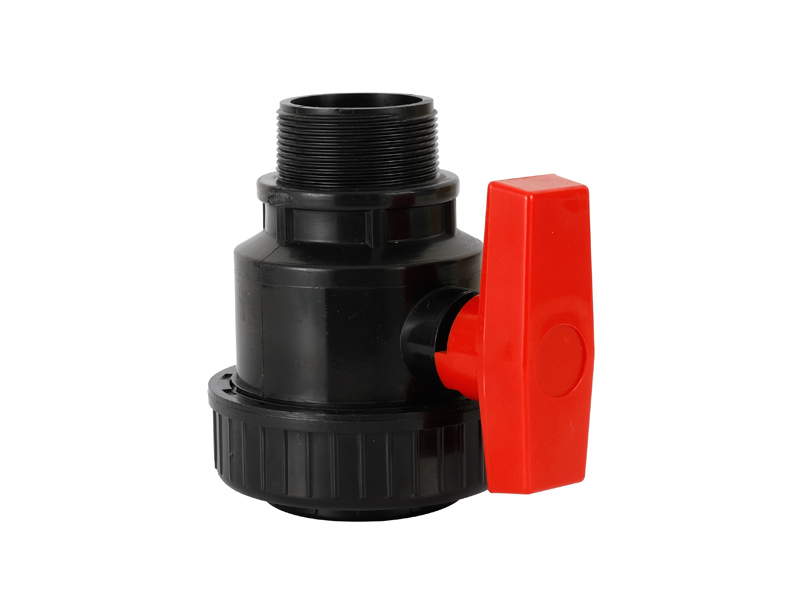
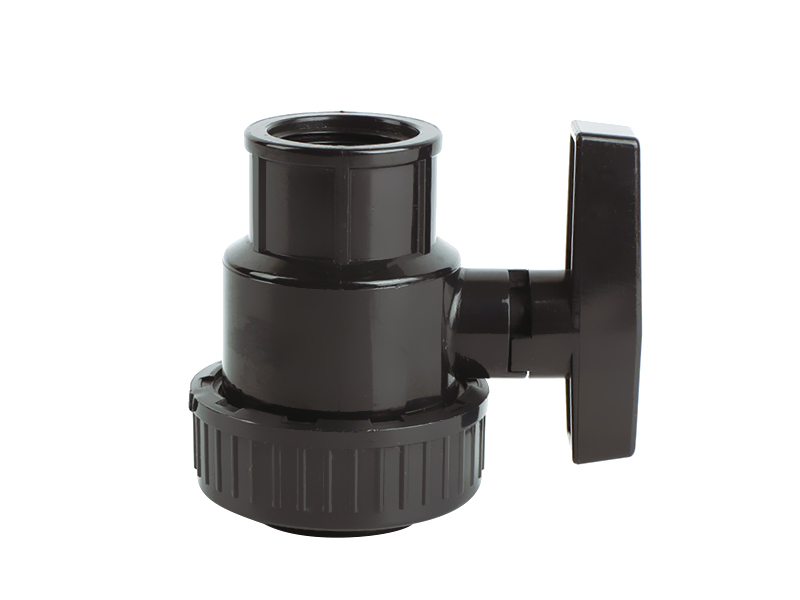
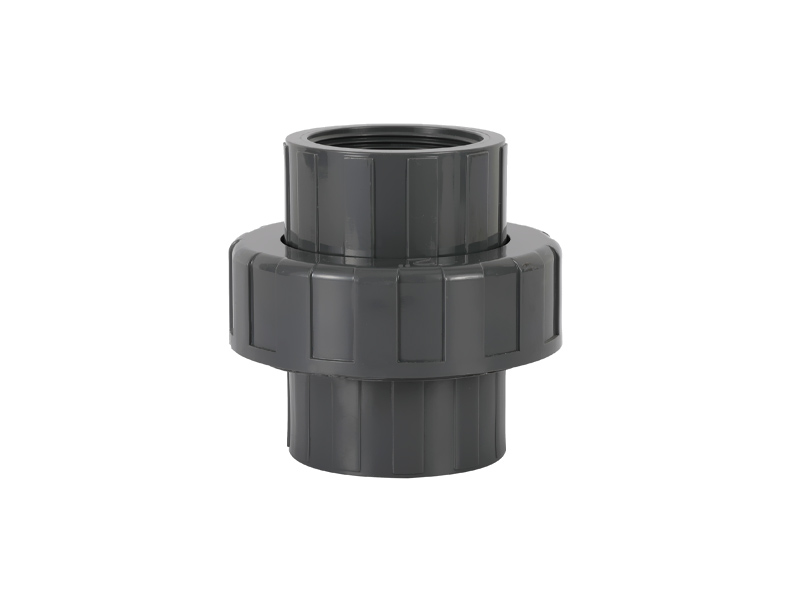
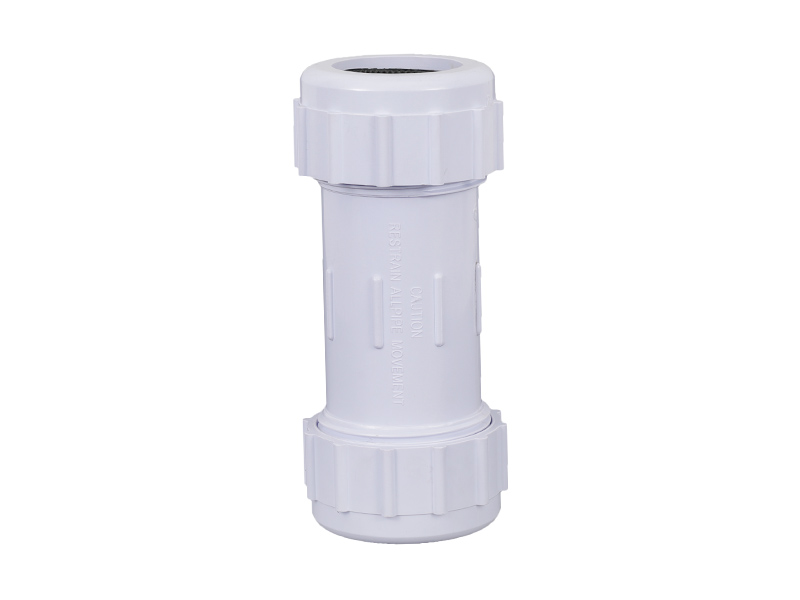
Butterfly Valve have many advantages. Their simple desi […]
Butterfly Valve have many advantages. Their simple design makes them easier to open and close, and they can also be made from materials that are durable and rust-resistant. Bronze is an excellent material for butterfly valves because it is malleable and won't break easily. It is also economical to use. It is also able to withstand high temperatures, so it is a good choice for high-pressure and utility applications.A butterfly valve's design eliminates the need for gaskets. Because it is constantly in contact with fluids, it needs to be properly greased. This grease should be applied on a regular basis to avoid corrosion. To apply grease, use the grease fitting at the top of the valve and apply the grease until the old grease runs out. Alternatively, you can use lithium-based grease.A butterfly valve is a valve designed to minimize valve wear.
3/4-2" Plastic PVC MF Single Union Ball Valve
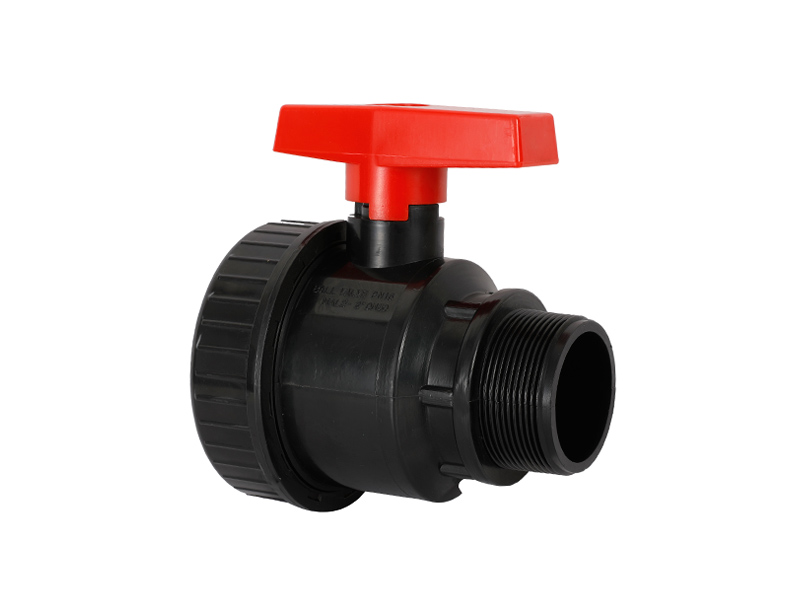
Use: Agriculture irrigation/Mariculture/Swimming pool/Engineering construction
Style Number: XE05002-XE05006
Standard: CNS/JIS/DIN/BS/ANSI/NPT/BSPT
Color: Many colors available for choice
Material: UPVC
Sample: Free provided
Certificate: ISO9001:2015, SGS, GMC, CNAS
Delivery: 7-30days
Packing: Carton, Polybag, Color Box or Customized
They are composed of an elastomer that is highly wear-resistant and tolerant to abrasion. However, as butterfly valves are subject to continuous operation, their rubber elastomer will eventually age and perforate, resulting in a failure. In the past, this problem was primarily addressed by thermal vulcanization, a process that requires special equipment and time. Today, however, polymer composites are used in place of the traditional thermal vulcanization process. The Fushilan technology system is the most commonly used and offers excellent adhesion, abrasion and tear resistance.Butterfly valves are also highly tolerant to wear and torque, which is important for some applications. Wear-resistant components reduce wear costs.
Butterfly valves have a large range of applications, which is a major advantage.Butterfly valves are a great choice for applications where gaskets are not necessary. They use a rubber seat to act as a seal between the valve body and flanges, preventing leakage. Typically, butterfly valves should be installed six pipe diameters from upstream and downstream components. They should also be installed six pipe diameters away from other line elements, such as elbows, pumps, check valves, or valves. Butterfly valves are usually installed with the stem in the vertical position, and the actuator is mounted directly above the stem. However, they can be installed in a horizontal position, as well.The sealing system of butterfly valves plays a critical role in conveying aggressive media. Each individual sealing element has been evaluated individually and optimized to perform its specific function.
In type 567/568 Butterfly Valves, the sealing elements are separated. PTFE profile conduit gaskets, double internal shaft gaskets, and a special profile gasket with a wide contact area, all of which provide increased sealing capacity.Butterfly valves are designed so that they do not require gaskets for installation. They have a disc that extends beyond the face of the valve at certain angles of opening. To install a butterfly valve, make sure the pipe flanges are clean and free of residue. It is also necessary to test the valve prior to bolting the flanges. Lastly, the butterfly valve should be lubricated and cycled regularly, even when not in use.Butterfly valves are commonly used for isolation and regulating flows. Their rotary disc closes the valve when the flow is blocked, and their rotating rod opens it when the flow reverses. Because they are easy to install and operate, they are a common choice for industrial processes. They are also lightweight and inexpensive, and can be operated manually or with automatic actuators.
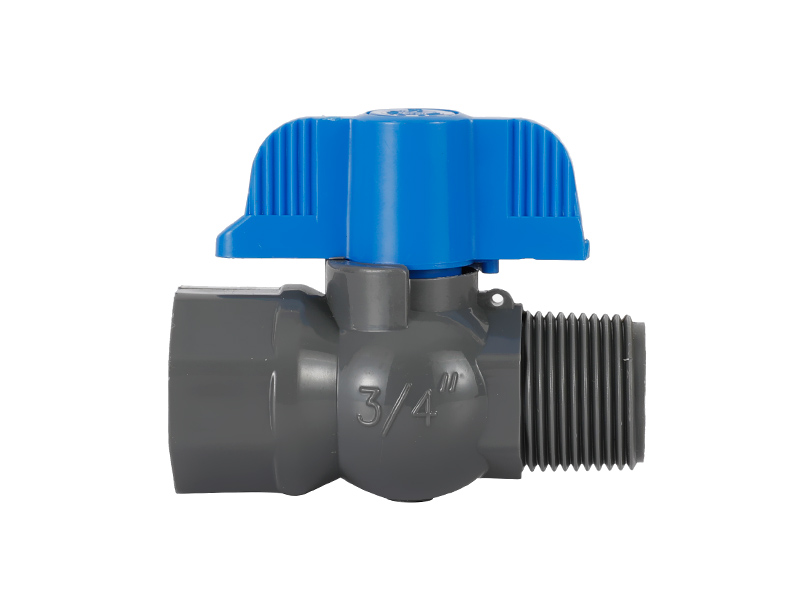
The male ball valve design is a key characteristic...
MORE >>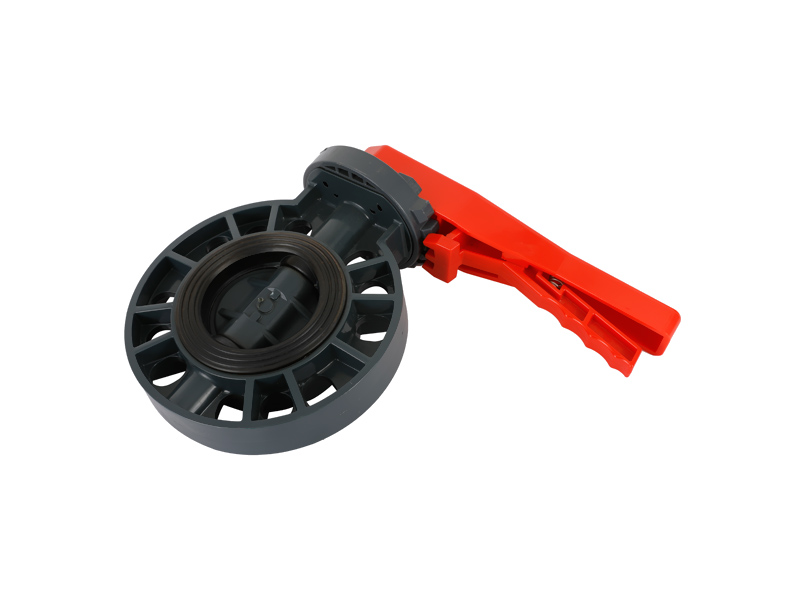
In today's modern world, efficient and reliable wa...
MORE >>
Copyright ©All rights reserved:Zhejiang Xier Plastic Valve Lead Co.,LTD. PVC Ball Valves Manufacturers Technical support: HWAQ  浙公网安备 33060402001174号
浙公网安备 33060402001174号

 English
English España
España عربي
عربي